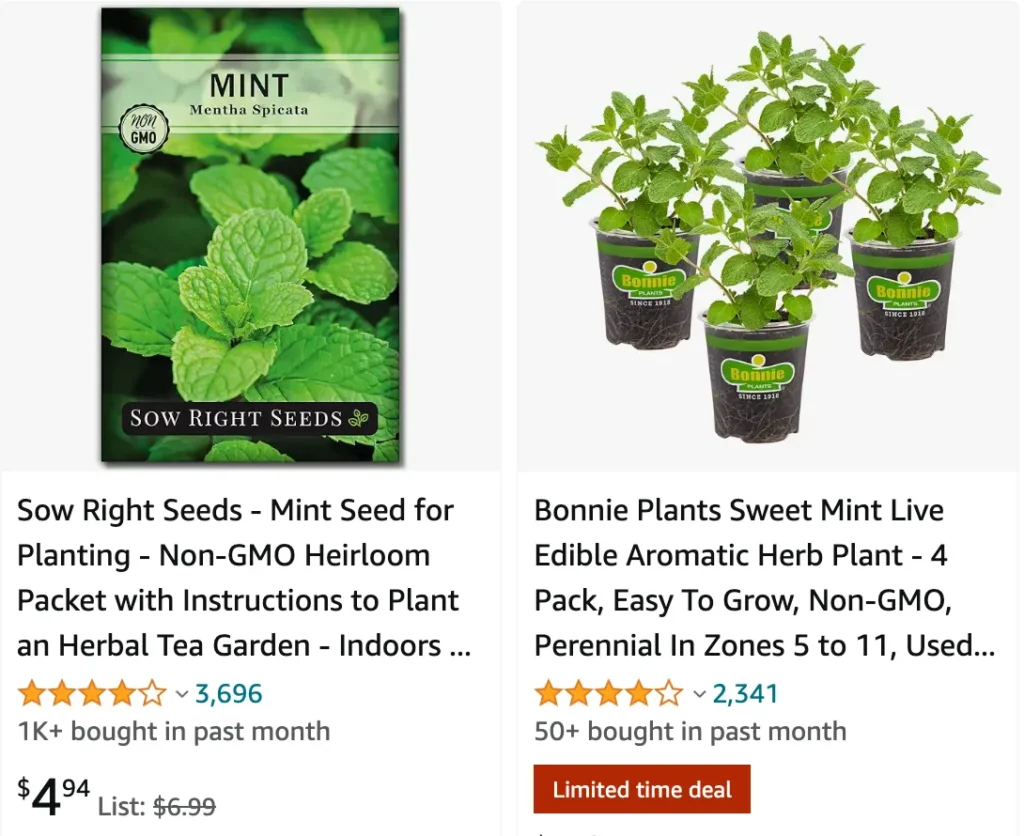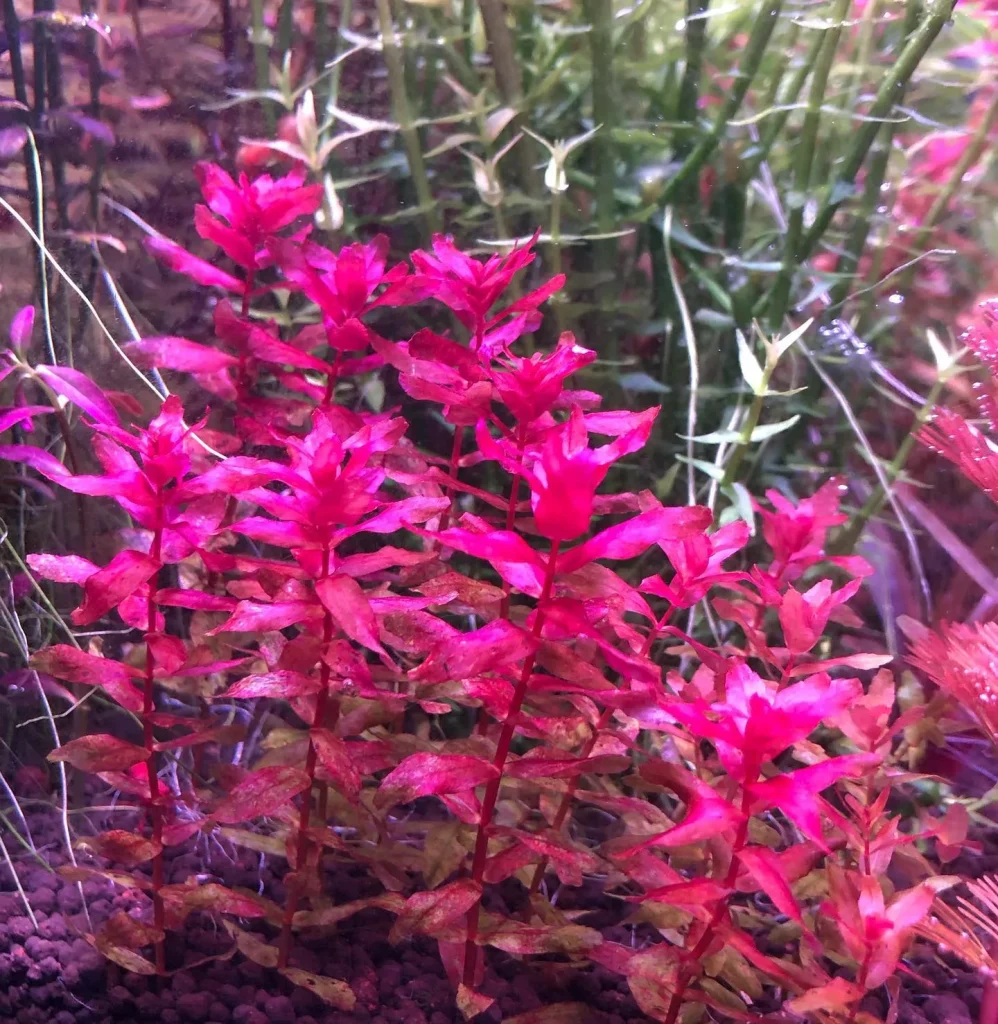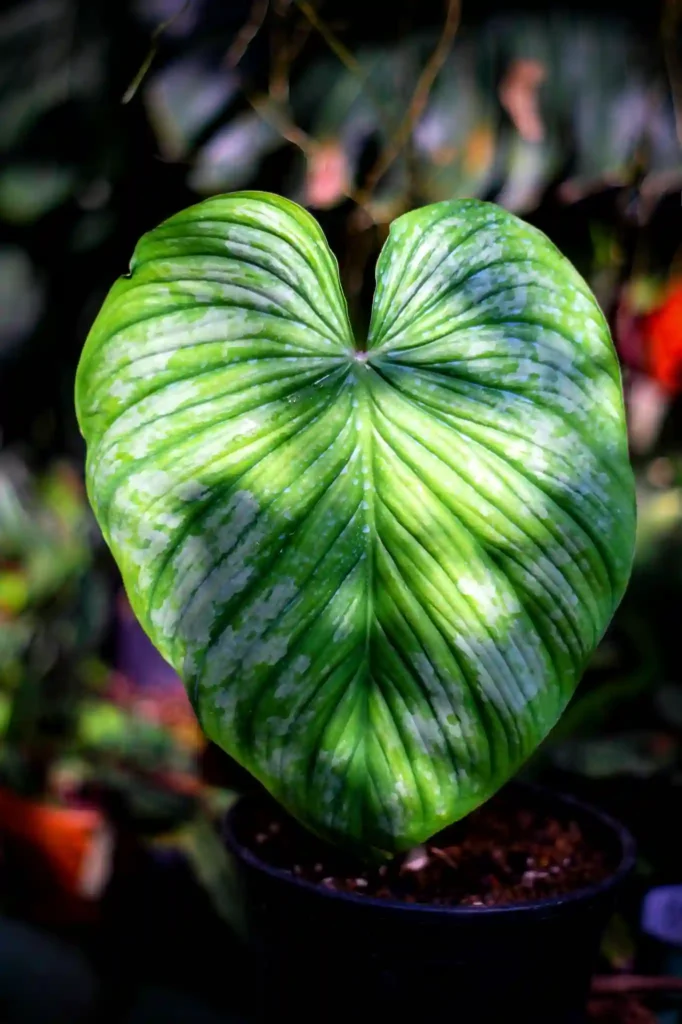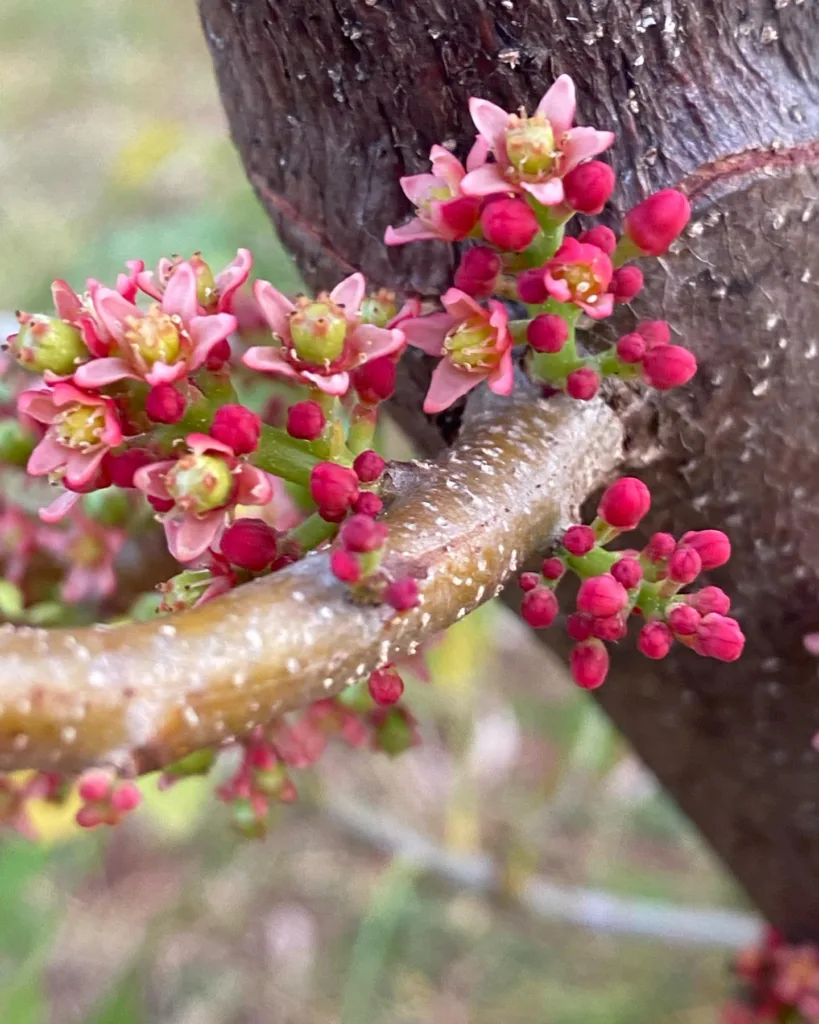
The Wonderful World of Mentha: A Personal Exploration
The scent of mint is instantly recognizable. It’s fresh, invigorating, and often associated with cleanliness and a cool sensation. But behind this familiar aroma lies a diverse genus of plants with a rich history and a wide array of uses. As an enthusiast for all things botanical, I, Ferb Vu, find myself drawn to the fascinating world of Mentha, and I’m eager to share my exploration with you.
A Genus of Diversity
Mentha, a member of the Lamiaceae family, is a genus of flowering plants more commonly known as mint. While the exact number of species remains somewhat unclear due to natural hybridization and variations, it’s estimated that there are 39 distinct species. This variability contributes to the diverse range of scents and flavors found within the genus. Here are:
- Mentha alaica Boriss.
- Mentha aquatica L. Plant FAQs: Mentha Aquatica – Water Mint
- Mentha arvensis L.
- Mentha atrolilacina B.J.Conn & D.J.Duval
- Mentha australis R.Br.
- Mentha canadensis L. Plant FAQs: Mentha Canadensis – Canadian Mint
- Mentha × carinthiaca Host
- Mentha cervina L.
- Mentha cunninghamii (Benth.) Benth.
- Mentha dahurica Fisch. ex Benth.
- Mentha × dalmatica Tausch
- Mentha darvasica Boriss.
- Mentha diemenica Spreng.
- Mentha × dumetorum Schult.
- Mentha gattefossei Maire
- Mentha × gayeri Trautm.
- Mentha × gracilis Sole
- Mentha grandiflora Benth.
- Mentha japonica (Miq.) Makino
- Mentha × kuemmerlei Trautm.
- Mentha laxiflora Benth.
- Mentha × locyana Borbás
- Mentha longifolia (L.) L.
- Mentha micrantha (Fisch. ex Benth.) Heinr.Braun
- Mentha pamiroalaica Boriss.
- Mentha × piperita L. Plant FAQs: Peppermint – Mentha × piperita
- Mentha pulegium L.
- Mentha × pyramidalis Ten.
- Mentha requienii Benth. Plant FAQs: Mentha Requienii – Corsican Mint
- Mentha × rotundifolia (L.) Huds.
- Mentha royleana Wall. ex Benth.
- Mentha satureioides R.Br.
- Mentha spicata L.
- Mentha suaveolens Ehrh. Plant FAQs: Mentha Suaveolens – Apple Mint
- Mentha × suavis Guss.
- Mentha × verticillata L.
- Mentha × villosa Huds.
- Mentha × villosa-nervata Opiz
- Mentha × wirtgeniana F.W.Schultz
How to Care for a Mint Plant?
Caring for a Mint Plant involves providing the right amount of sunlight, water, and nutrients. Mint plants thrive in partial shade but can tolerate full sun if kept well-watered. They prefer moist, well-drained soil and benefit from regular watering. Fertilize them once a month with a balanced, water-soluble fertilizer to encourage lush growth.
What Does a Mint Plant Look Like?
A Mint Plant is a perennial herb with square stems and aromatic leaves. The leaves are typically bright green, serrated, and slightly fuzzy. Mint Plants can grow up to two feet tall and produce small, purple, white, or pink flowers in the summer.
Is a Mint Plant Safe for Cats?
Yes, a Mint Plant is generally safe for cats. However, it’s important to note that while mint is not toxic to cats, excessive consumption can cause digestive issues. If your cat likes to nibble on plants, it’s best to place the Mint Plant out of their reach.
How to Propagate a Mint Plant?
Propagating a Mint Plant is quite simple. The most common method is through stem cuttings. Cut a healthy stem about 4-6 inches long, remove the lower leaves, and place the cutting in water. After a week or two, roots will start to develop. Once the roots are a few inches long, transplant the cutting into soil.
How to Trim a Mint Plant?
Trimming a Mint Plant encourages bushy growth and prevents it from becoming leggy. Regularly pinch off the tips of the stems to promote branching. You can also trim the plant back by about one-third in early summer to encourage new growth.
Is a Mint Plant Safe for Dogs?
Yes, a Mint Plant is safe for dogs. Like with cats, mint is not toxic to dogs, but large quantities can cause digestive upset. It’s best to monitor your dog to ensure they don’t eat too much.
Why is My Mint Plant Dying?
There are several reasons why a Mint Plant might be dying. Overwatering or underwatering, poor soil drainage, insufficient light, or pest infestations are common culprits. Ensure your plant is getting the right amount of water, sunlight, and nutrients. Check for signs of pests and treat them promptly.
How to Care for a Mint Plant Indoors?
Caring for a Mint Plant indoors involves ensuring it gets enough light and water. Place the plant near a window where it can get at least 4-6 hours of indirect sunlight. Keep the soil consistently moist but not waterlogged. Indoor air can be dry, so misting the plant occasionally can help maintain humidity levels.
How to Grow a Mint Plant from Cuttings?
Growing a Mint Plant from cuttings is a straightforward process. Take a healthy stem cutting, remove the lower leaves, and place the cutting in water. Change the water every few days to prevent stagnation. Once roots develop, plant the cutting in a pot with well-drained soil and water it regularly.
How Much Sunlight Does a Mint Plant Need?
Mint Plants need about 4-6 hours of sunlight per day. They prefer partial shade but can tolerate full sun if kept well-watered. If you’re growing mint indoors, place it near a bright window where it can receive indirect light.
How Often to Water a Mint Plant?
Watering a Mint Plant involves keeping the soil consistently moist but not waterlogged. In the summer, you might need to water more frequently, especially if the plant is in full sun. During cooler months, reduce the watering frequency to prevent root rot.
What is the Best Soil for a Mint Plant?
Mint Plants prefer well-drained, nutrient-rich soil. A mix of potting soil and compost works well. Ensure the soil retains moisture but drains excess water to prevent root rot. Adding a layer of mulch can help retain soil moisture and keep the roots cool.
How to Prevent Pests on a Mint Plant?
Mint Plants can be prone to pests like aphids, spider mites, and whiteflies. To prevent pests, regularly inspect your plant and keep the area clean. If you notice pests, use a mild insecticidal soap or neem oil to treat the plant. Pruning affected areas can also help control infestations.
Growing Mint Plants can be a delightful experience if you understand their needs and how to care for them properly. By following these tips and addressing common questions, you’ll be well on your way to having a thriving Mint Plant in your garden or home. Happy planting!



